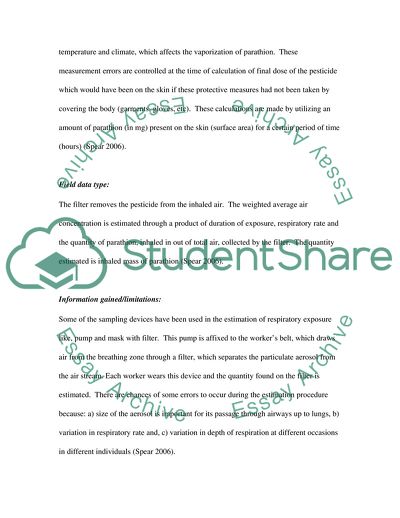Cite this document
(Basic Environmental Health Assignment Example | Topics and Well Written Essays - 2250 words, n.d.)
Basic Environmental Health Assignment Example | Topics and Well Written Essays - 2250 words. https://studentshare.org/health-sciences-medicine/1703412-environmental-health-sciences
Basic Environmental Health Assignment Example | Topics and Well Written Essays - 2250 words. https://studentshare.org/health-sciences-medicine/1703412-environmental-health-sciences
(Basic Environmental Health Assignment Example | Topics and Well Written Essays - 2250 Words)
Basic Environmental Health Assignment Example | Topics and Well Written Essays - 2250 Words. https://studentshare.org/health-sciences-medicine/1703412-environmental-health-sciences.
Basic Environmental Health Assignment Example | Topics and Well Written Essays - 2250 Words. https://studentshare.org/health-sciences-medicine/1703412-environmental-health-sciences.
“Basic Environmental Health Assignment Example | Topics and Well Written Essays - 2250 Words”. https://studentshare.org/health-sciences-medicine/1703412-environmental-health-sciences.


